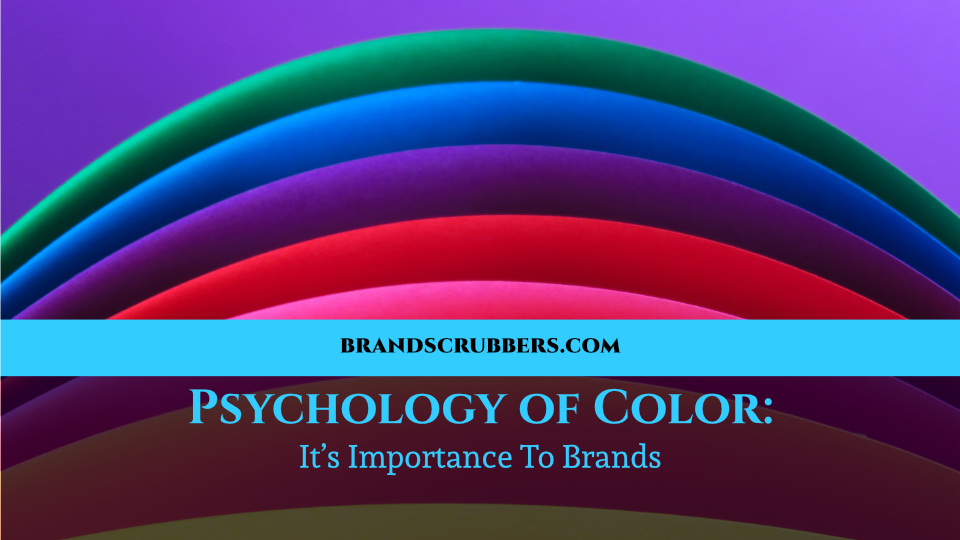The psychology of color has an immense influence on our lives. Certain colors make us feel certain ways or react differently. These different shades and hues capture your attention and can be inspiring and perception altering. The colors you utilize in your branding are crucial to how you want people to react to it. Each shade resonates with us on a different, and unique level.
In branding and marketing, when it comes to the psychology of color, research has suggested colors improve brand recognition by up to 80%. The psychology of color is involved in every aspect of your branding. From your logo design, to your marketing materials, which all carry over to your online presence. In order to capitalize on the psychology of color with your brand, you need to understand what each color means from a psychological perspective and connect that to how your ideal client will respond to those colors.
Utilizing The Psychology of Color In Your Branding
Choosing the right shades, colors, and pigments for your brand is crucial to ensuring your continued success. As humans, when you see color, your brain is receiving messages that activates the pituitary and thyroid glands, which promotes the release of hormones responsible for causing fluctuations in emotion, and behaviour.
Basically, color plays a crucial role in building a strong first impression with your potential customers. It is important to keep in mind however, not every person responds to colors in the same way. A significant hiccup in the psychology of color is that cultural backgrounds and personal experiences/preferences can play a part in how your brand is perceived. This is of course out of your control, to a degree. Your target market generally like the same things, hang out at the same places, and generally react the same way. Because of this, you can still throw a wide net when utilizing the color of psychology.
The psychology of color is not an exact science. While you can try and attract as much of your target market as you can, colors utilized in branding are often affected by individual perceptions. It’s not always just the shade itself that has the bigges timpact but the context the color is used in. It can be utilized in a way that may bring back a certian memory for someone, where it wouldn’t for someone else.
The initial judgements that people make about products and brands are almost based entirely on the colors they see. The colors you choose are extremely crucial in attracting the right customers to your brand. Everything from the hues in your brochure design to the shades of the walls in your office are all branding elements that will impact your potential customers. Do your research and learn what the most common perceptions are associated with colors and how you can use these different shades to expand the potential of your brand.

Have A Thorough Understanding of the Psychology of Color
The psychology of color isn’t a new concept in the branding world. Brands experiment all the time with different colors through their messaging, re-branding, and modifications to exciting branding materials. If you look back into the history of your favorite brands, you’ll notice quite a few of them have re-branded with different imagery and colors.
Understanding the psychology of color is extremely important because the wrong use of a color can damage your brand image. Different cultures and experiences play a big part in how colors are perceived. For example, Pepsi introduced ice blue vending machines in South East Asia. This color in North America represents refreshing and cool temperatures. However, in Asia, the color is associated with death and mourning. These are things you need to know to avoid irreparable damage to your brand.
Stay tuned next week as we discuss popular colors used by successful brands and why they used those colors. You can view more about color psychology here in the meantime. More tips and details on the psychology of color to come next week!
If you’re looking for statistics on branding, here is some insightful information to take in also!


Recent Comments